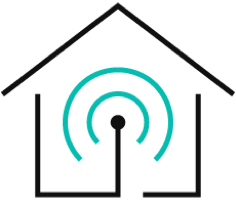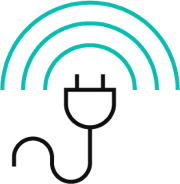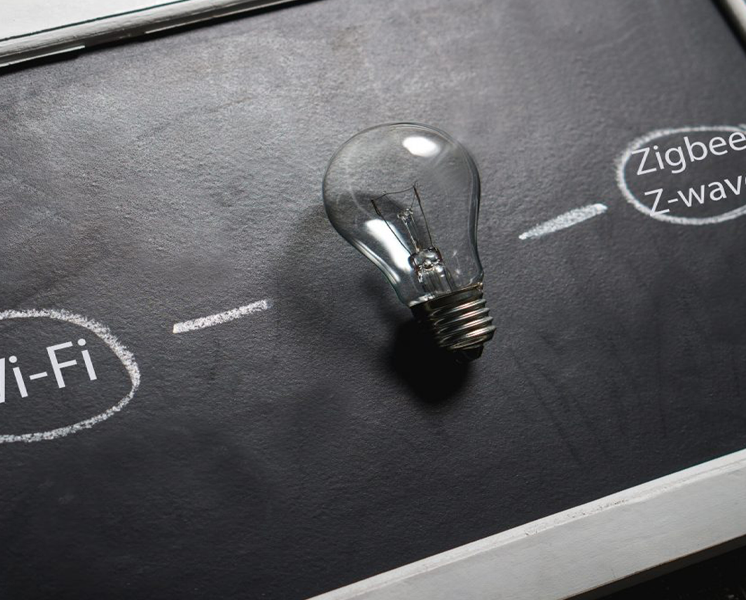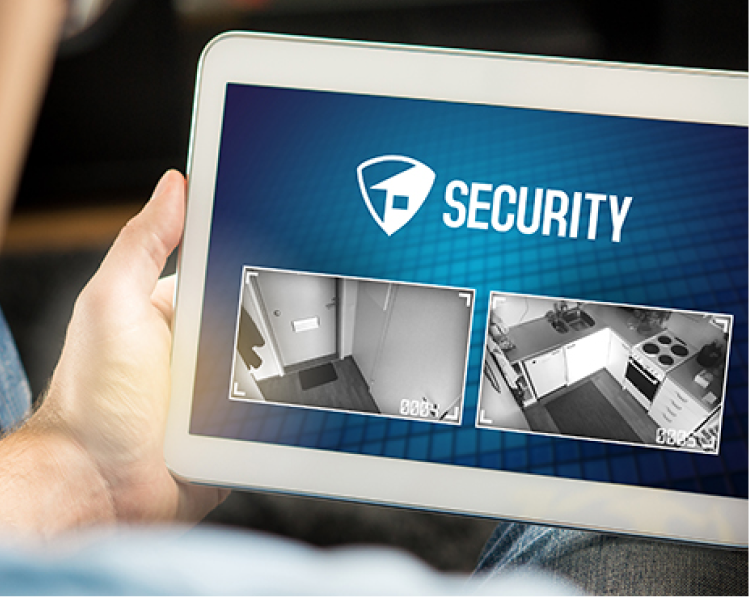As technology advances, our homes are becoming smarter and more connected. Zigbee is one of the most popular wireless protocols for smart home devices. In this guide, we will cover everything you need to know about Zigbee, including what it is, how it works, and its benefits.
- What is Zigbee?
- Zigbee Devices and Products
- Zigbee Range and Protocol
- Zigbee Alliance and Logo
- Home Assistant Zigbee
- Zigbee Gateway and Smart Home
- Zigbee Light Bulbs and Sensors
- Zigbee Smart Plug
What is Zigbee?
Zigbee is a wireless communication protocol that is designed for low-power, low-data-rate applications. It is used in many smart home devices, such as light bulbs, sensors, smart plugs, and more. Zigbee operates on the 2.4 GHz frequency band and is designed to be low-cost, reliable, and easy to use.
Zigbee Devices and Products
Zigbee devices come in a variety of forms, including bulbs, sensors, smart plugs, and more. Zigbee bulbs are a popular choice for smart lighting, as they can be controlled through a smart home hub or voice assistant. Zigbee sensors can detect motion, temperature, and other environmental factors, allowing you to automate your home based on your preferences.
Zigbee smart plugs allow you to control your appliances and devices remotely. You can turn off your lights, TV, or coffee maker with just a tap on your phone. Zigbee products are designed to be easy to install and integrate seamlessly into your smart home.
Zigbee Range and Protocol
Zigbee operates on the 2.4 GHz frequency band, which provides a range of up to 100 meters. The range can be extended using a Zigbee repeater or a Zigbee gateway. Zigbee uses a mesh network protocol, which allows devices to communicate with each other even if they are out of range of the hub.
The Zigbee wireless technology essentially serves as a freely accessible, universal standard to meet the particular requirements of low-power, low-cost wireless M2M (machine-to-machine) networks and IoT devices (IoT). It uses the IEEE 802.15.4 physical radio specification to function and can use unlicensed frequencies, including 2.4 GHz, 900 MHz, and 868 MHz.
The Zigbee stack's supporting 802.15.4 specification received official acceptance and recognition from the Institute of Electrical and Electronics Engineers in 2003. (IEEE). The low-cost, battery-operated devices are the target audience for this specification, which is a packet-based radio protocol. This protocol enables devices to connect to a range of network topologies and delivers devices with long-lasting batteries.

The Zigbee protocol is strong enough to work in challenging RF, Wi-Fi, and Bluetooth settings, typical in many industrial applications. The Zigbee protocol has a unique channel agility mechanism that fully utilizes the tried-and-true interference avoidance strategies of IEEE 802.15.4. Technical specifications for the Zigbee protocol include:
- On a single frequency of 2.4 GHz, the Zigbee protocol runs everywhere.
- Zigbee has a wireless range of 400 meters outside and 70 meters indoors.
- Supporting various networks, such as point-to-point and point-to-multipoint mesh networks, provides networking versatility to accommodate residences of various sizes.
- Low latency and low duty cycle result in less power being used, allowing sensors a battery life of up to 7 years.
- Direct Sequence Spread Spectrum (DSSS) helps provide more effective data rates for faster answers.
- Enables networks with thousands of devices.
- Your information is protected during over-the-air transmissions because of Zigbee's use of AES 128 encryption (the same type of encryption used by the government, business, and military on the Internet).
- Zigbee makes it simple to combine motion detection, convenience, and security systems and monitor and control lighting systems.
- Zigbee's mesh-network operability lowers the likelihood of node failure, and its ad hoc routing provides more stability.
>> Zigbee vs Z-Wave: What’s the difference?
Zigbee Alliance and Logo
The Zigbee Alliance is a group of companies that work together to develop and promote Zigbee technology. The alliance is responsible for creating standards and guidelines for Zigbee devices and products. The Zigbee logo is a certification mark that is used on products that have been certified to meet the Zigbee standards.

The term "Zigbee" is a trademark of the Zigbee Alliance, a consortium of businesses responsible for maintaining and disseminating the Zigbee standard. Numerous OEM vendors can produce a variety of compatible devices based on the various application profiles made available by the Zigbee standard. Several of the published application profiles include:
- Smart Energies
- Zigbee Home Automation
- Healthcare
- Telecommunication Services
- RF4CE - Remote Control
- RF4CE - Input Device
- Building Automation
- Gateway
Zigbee is entirely free to use for non-commercial uses for the general public.
Home Assistant Zigbee
Home Assistant is an open-source home automation platform that supports Zigbee devices. With Home Assistant, you can control your Zigbee bulbs, sensors, and smart plugs from a single interface. Home Assistant is compatible with a variety of smart home devices and can be customized to meet your needs.
Zigbee Gateway and Smart Home
A Zigbee gateway is a device that connects your Zigbee devices to your home network. It acts as a bridge between your devices and your smart home hub. A Zigbee gateway can be a standalone device or integrated into a smart home hub.
The Zigbee protocol is popular for home automation systems and offers comprehensive, all-encompassing solutions for lighting, security, comfort, and energy management.
Many well-known international brands in home automation use Zigbee for their products. Zigbee makes managing devices from multiple vendors simple because it is cross-compatible and interoperable. No matter the manufacturer, if a device complies with Zigbee Home Automation (HA 2.1), you may be sure it will function with your automation system.
Zigbee's mesh-routing network, which allows for device-to-device communication and non-fixed-route data packet travel, provides greater flexibility and quicker device connection.

Zigbee for Home Automation has several characteristics: Simplified setup and maintenance, ideal for new construction and remodeling.
Zigbee monitors power consumption and lets you turn devices on and off from remote locations. It provides you access to devices anywhere in the world with just your smartphone.
You can create lighting protocols based on daily schedules, events, and activities. Your security sensors can operate for up to 7 years thanks to the low power consumption of the Zigbee protocol. Built-in security with interference avoidance techniques ensures better/enhanced security and worry-free operations.
Zigbee Light Bulbs and Sensors
Zigbee light bulbs and sensors are a popular choice for smart home enthusiasts. Zigbee bulbs can be controlled through a smart home hub or voice assistant, and Zigbee sensors can be used to automate your home based on your preferences. With Zigbee light bulbs and sensors, you can create a customized lighting and environmental experience for your home.
Zigbee Smart Plug
Zigbee smart plugs allow you to control your appliances and devices remotely. You can turn off your lights, TV, or coffee maker with just a tap on your phone. Zigbee smart plugs are designed to be easy to install and integrate seamlessly into your smart home.
Concluding Remarks
Zigbee is still a relevant wireless protocol, even a dominant one, for smart home hubs and other intelligent systems. This article was dedicated to the details and behind-the-scenes work of the protocol.
Evvr is a leading company in producing intelligent devices for smart homes, from the turn of the century lavish affairs to modern industrial structures. One of the wireless mediums used by our products is Zigbee for the secure and quick transmission of commands. Evvr In-Wall Relay Switch relies on the protocol for intelligent lighting solutions - providing complete control without sacrificing efficiency. Evvr can offer you a comprehensive smart home solution whether you are an integrator, professional installer, distributor, or DIYer. Get in touch with us and book a sample product today!















